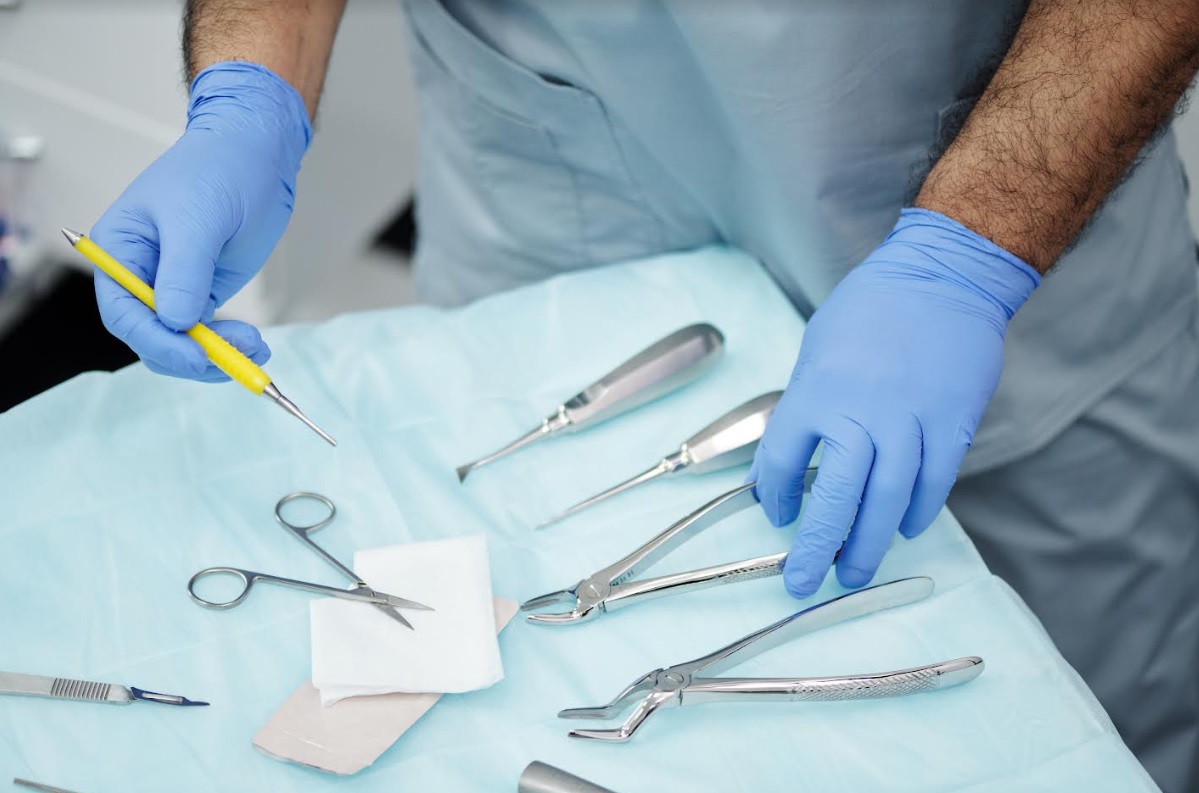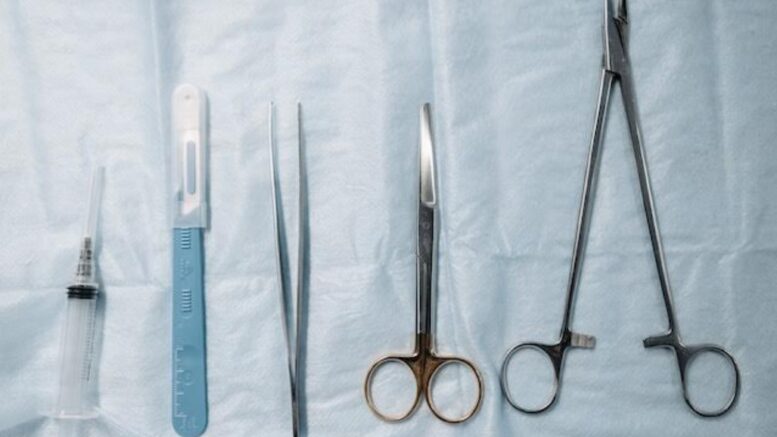Surgery is a challenging medical specialty that uses a wide variety of specialized instruments and pieces of apparatus. Surgeons rely on various tools to execute treatments accurately and timely. These tools range from precision instruments to cutting-edge technologies. This piece, will delve into the field of surgery and investigate the five most important instruments used by surgeons and other medical experts daily. This guide will give you vital insights into the fundamental equipment used in surgery, whether you are a student who aspires to become a surgeon or are simply curious about the tools used in the operating room. If the former applies to you, then keep reading.
1. Scalpel
The scalpel is an indispensable instrument in surgery, and its primary purpose is to allow for the precise creation of incisions. It is made up of a handle and a thin, razor-like blade that is affixed to the handle. Different scalpels, such as those with straight or curved blades, are used by surgeons based on the particular operation and body part. Surgeons can create controlled and accurate cuts with the help of the scalpel. It gives them access to interior organs or tissues.
2. Forceps
Forceps are adaptable tools that can be found in various forms and sizes. Each of these is meant to serve a specific function. Doctors use handheld tools with two blades and a handle during surgery to grasp and move tissues, blood vessels, or other fragile structures. Tissue can also be sliced with these instruments. Both toothed and non-toothed forceps are available, with the non-toothed variety suiting various purposes. It is usual practice to use toothed forceps to hold and grab tissues. In contrast, non-toothed forceps are typically reserved for more delicate procedures, such as the manipulation of sutures.
3. Retractor
A retractor is a surgical tool that protects tissues or organs from the surgical site. This gives surgeons a clear view of the area being operated on and provides access to the area. Handheld retractors, self-retaining retractors, and specialized retractors developed specifically for particular medical operations are some of the different types of retractors available today. These instruments are essential for establishing a clean and unobstructed surgical field, enabling surgeons to perform treatments securely and efficiently. In medicine, these surgical tools are irreplaceable assets critical in ensuring effective outcomes following surgical procedures. These devices provide a wide variety of benefits and advantages, which help to improve the accuracy, productivity, and safety of surgical procedures.

4. Needle For Suturing
Suturing is integral to surgery. All suture needles are indispensable to close incisions and wounds. Suture needles are available in various lengths and configurations. Including straight, curved, and needle tips of varying degrees of sharpness. Surgeons assess the thickness of the tissue that needs to be sutured. Then surgeons access the particular surgical method and other factors are considered when they choose the suture needle. Together with sutures, these needles are an essential component in the process of closing wounds and ensuring adequate healing.
5. Electrocautery
During surgical procedures, you can use electrocautery for a variety of purposes, including cutting, controlling bleeding, and removing tissue. The electrocautery process involves using an electric current to generate heat. You will utilize a hand-held device that provides electrical energy to the tissues, causing controlled thermal damage and shutting blood vessels to prevent excessive bleeding. This method is used to reduce blood loss during surgical procedures. Electrocautery is versatile and can be utilized for a variety of therapies, including the removal of unwanted growths, the severing of tissue, and the cessation of bleeding.
Conclusion
In summary, the instruments and supplies that were discussed before held a significant amount of weight in the domain of surgical practice. They are essential in carrying out successful treatments. Suture needles assist close things up, retractors are highly helpful, forceps are quite versatile, and electrocautery provides surgeons with a lot of control. When working with a scalpel, accuracy is of the utmost importance. These instruments are crucial for providing efficient and risk-free medical treatment to patients. The complexity of surgical procedures is better understood when we comprehend not only why they are utilized but also how they function.
